
Berlin Daily 19.04.2024
Performance von WILD ACCESS
21 Uhr: im Rahmen der Ausstellung »in mir draußen« mit Rike Scheffler | Nail Do?an
Bärenzwinger | Im Köllnischen Park | Rungestr. 30 |
10179 Berlin
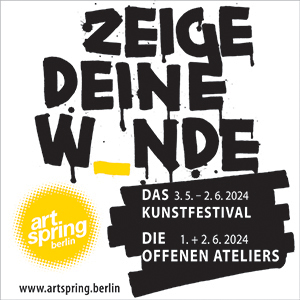
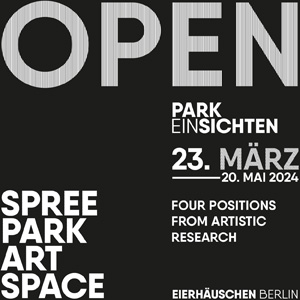
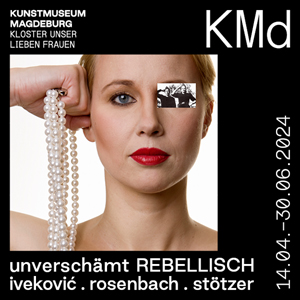
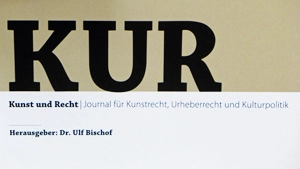
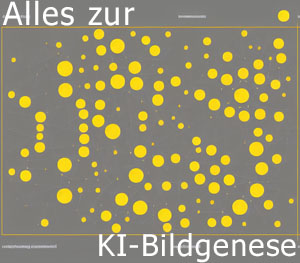
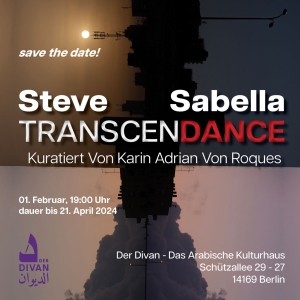
Der Divan - Das Arabische Kulturhaus
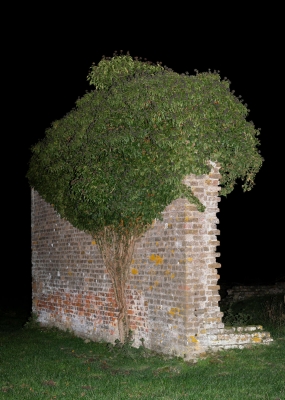
Haus am Kleistpark | Projektraum
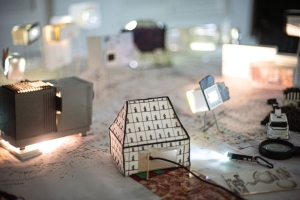
ifa-Galerie Berlin
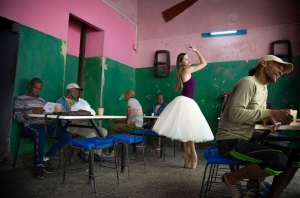
Freundeskreis Willy-Brandt-Haus e.V.
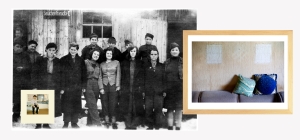
Freundeskreis Willy-Brandt-Haus e.V.